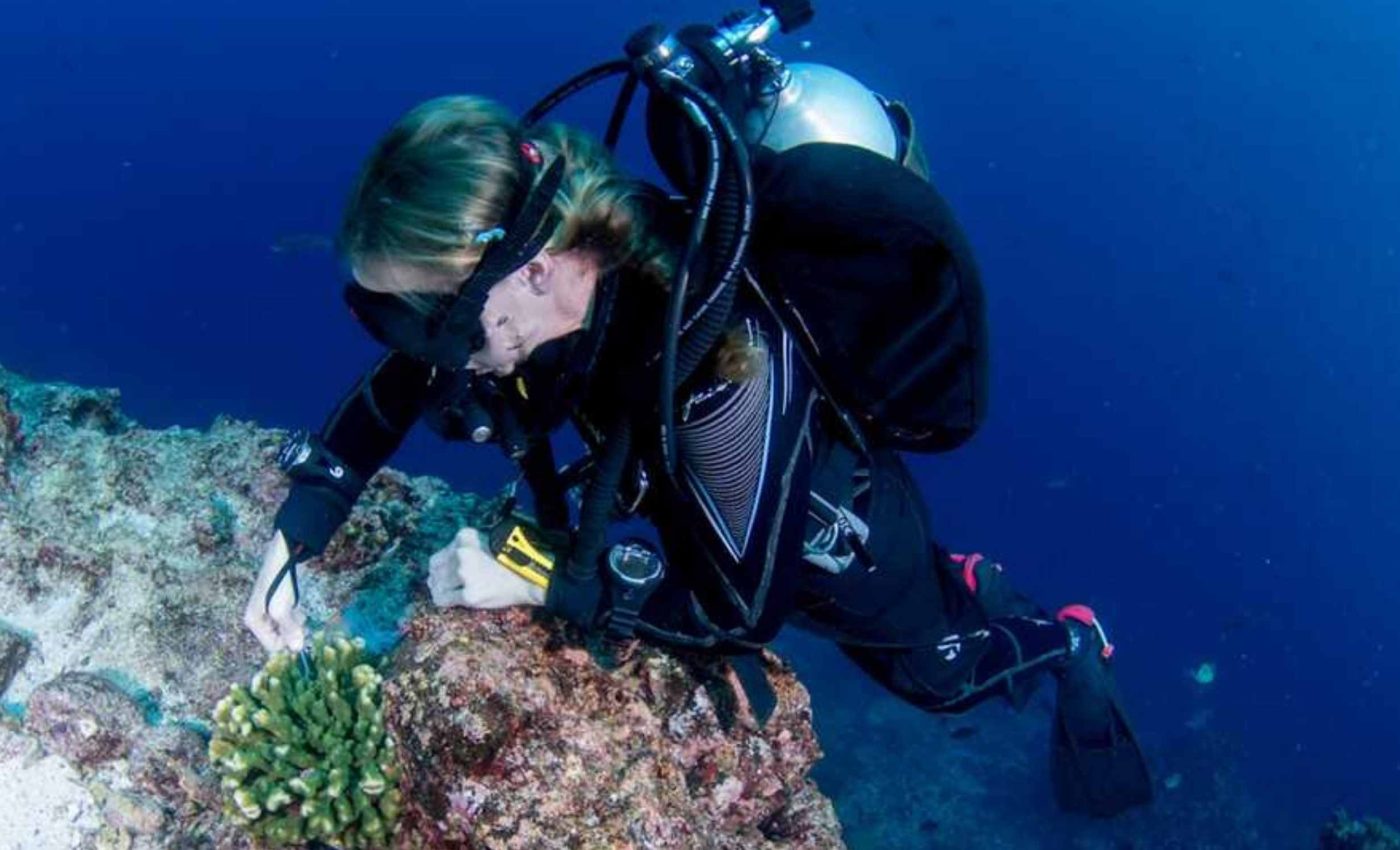
Coral species thought to be extinct for 24 years is rediscovered
For years, Wellington’s solitary coral, Rhizopsammia wellingtoni, was a ghost on survey sheets. In 2024, divers finally confirmed living colonies in the Galapagos.
The return of this small black stony coral is not a one off sighting. Lead author Inti Keith of the Charles Darwin Foundation helped document fresh colonies with a team of scientific divers.
This coral is endemic to the archipelago, meaning it naturally occurs there and nowhere else. Its small colonies and preference for rocky ledges make it easy to miss during routine counts.
In 2007, the species was listed as Critically Endangered, Possibly Extinct, on the IUCN Red List. That decision followed its last confirmed record in 2000.
El Niño and La Niña are the warm and cool phases of the El Niño Southern Oscillation. The 1982 to 1983 El Niño brought unusually warm water to the region, and surveys afterward rarely found the coral.
Finding Rhizopsammia wellingtoni
A 2025 open access paper reports the rediscovery. The team documented more than 100 colonies south of Tagus Cove, 20 at Punta Vicente Roca, 50 at Tagus Cove later in the year, 20 at Playa Tortuga Negra, and over 100 at Cabo Douglas.
The first observation in January 2024 was at about 39 feet, with other records near 49 and 66 feet. Those depths matter because shallow sites warm quickly during marine heat events.
Divers noted two color forms, one with black corallites and deep purple black polyps, and a red black form. Corallites are the tiny skeletal cups that house each polyp, and polyps are the living coral animals.
The surveys were not random searches. Long term ecological monitoring by the Charles Darwin Foundation across 64 reef sites since 2004 provided the baseline clues that guided divers to potential locations.
Those records helped the team identify the rare coral even in the cryptic habitats where it tends to hide.
The rediscovery also relied on targeted dives at sites that combined historical sightings with environmental features such as rocky walls and ledges.
By blending decades of monitoring with focused searches, the scientists were able to confirm the coral’s survival and map out where it still persists.
What the ocean was doing
From 2020 to 2023, the tropical Pacific ran through a rare triple dip La Niña. Cooler surface water during La Niña can strengthen upwelling around the islands.
The authors suggest Rhizopsammia wellingtoni persisted in deeper, cooler refuges, then reappeared in shallower water when conditions allowed. That idea aligns with long term monitoring records in the reserve.
Seasonal swings in the tropical Pacific help explain why this coral vanished from shallow surveys, then returned when the water cooled.
The pattern fits what we know about ENSO driven temperature shifts that shape where sensitive species can live.
How scientists know it is not a fluke
The rediscovery spans several months and multiple sites, not a single lucky encounter. The paper emphasizes low density persistence rather than a full rebound.
Independent work has recorded this coral in mesophotic reefs within the archipelago, consistent with a deeper refuge explanation reported in a 2025 study.
Deeper habitats are harder to check during routine dives, which helps explain how a small, cryptic species evaded counts for years.
“Finding R. wellingtoni after 24 years raises important questions about how the coral survived past environmental pressures, such as severe 1982-1983 El Niño, suggesting it might have found refuge in deeper, cooler habitats before re-emerging during recent cooler La Niña conditions,” Keith explained.
Why Rhizopsammia wellingtoni matters
Corals like Rhizopsammia wellingtoni act as habitat builders even though they form smaller colonies than reef giants.
Their structures provide shelter for fish, invertebrates, and countless microscopic organisms that keep reef systems balanced. When even a modest coral disappears, the ripple effects touch many layers of the food web.
Because this species is highly sensitive to changing temperatures, its survival gives scientists an early signal about the state of Galapagos reefs.
Monitoring its recovery, or decline, can offer valuable insight into how marine ecosystems in the region are responding to a warming ocean.
The result is a cautious win. The authors describe a rare species that persisted at low density, so careful monitoring remains essential.
Protecting habitat mosaics that buffer heat and stress will be key. In a place where currents collide, refuges can keep sensitive species on the map.
Fresh genetic work under way at the California Academy of Sciences will test how colonies are connected across sites. Knowing which locations share lineages can guide restoration and prioritize where to protect.
The study is published in Marine Biology.
—–
Like what you read? Subscribe to our newsletter for engaging articles, exclusive content, and the latest updates.
Check us out on EarthSnap, a free app brought to you by Eric Ralls and Earth.com.
—–













